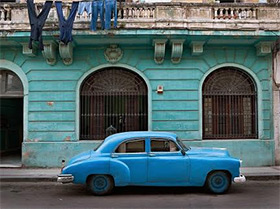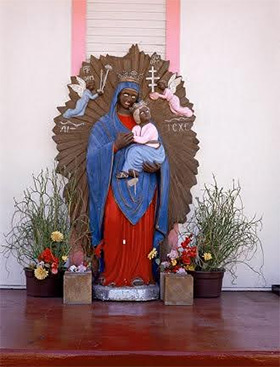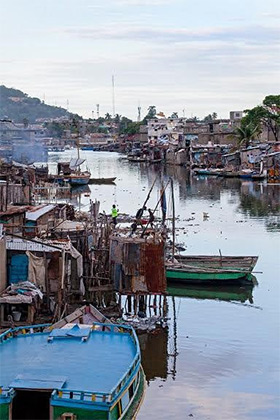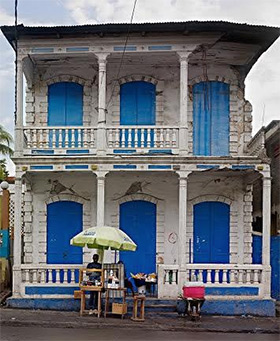Creole World at Frost Art Museum FIU


Many years later his adventure would manifest into a photographic journey capturing the architectural and urban similarities of Latin Caribbean cities throughout the interconnected Creole world: Haiti, Colombia, Argentina, Cuba, Ecuador, Panama and New Orleans.
This traveling exhibition features 50 photographs and was organized by and premiered at the Historic New Orleans Collection in 2014. The accompanying book includes more than 200 photographs, plus essays by Creole scholar Jay D. Edwards and photography historian John H. Lawrence. Creole World: Photographs of New Orleans and the Latin Caribbean Sphere opened this weekend at the Patricia & Phillip Frost Art Museum – FIU.
“Richard Sexton’s photography can be called documentary but his photographic explorations push far beyond the realm of recording the world,” said the Director of the Frost Art Museum – FIU, Dr. Jordana Pomeroy. “Creole World became a project of passion, immersion, and discovery. Sexton dove into his subject matter and emerged with a body of work that visually ties together Caribbean and South American cultures that share strands of history – some ugly, some beautiful, but always compelling.”
The gestation period of this project was long and gradual, 38 years of Sexton’s pilgrimages to sites of Creoleness.

The images feature exotic urban locations and neighborhoods that are difficult to travel to and challenging to photograph – due to politics, warfare and natural disasters. Places such as El Chorillo in Panama City; Cuba’s Cienfuegos, Trinidad, Santa Clara, Santiago de Cuba and La Habana; and post-2010 earthquake Haiti’s Port-au-Prince, Jacmel and Cap-Haïtien.
The book describes these cities as an entire family of cultural cousins with similar Colonial histories. The essays refer to them as places that were founded as New World outposts of Old World empires, forging new identities and cultures from European, West African and indigenous influences – by turns inspired by and in defiance of, and adapted from all of them.
Other locales on this visual sojourn include Cartagena de Indias, Quito, Panama City and, of course, New Orleans.

When asked about how this exhibition could connect to audiences in Miami at the Frost Art Museum – FIU, Richard Sexton says:
“Miami is a place of great cultural relevancy now,” said Richard Sexton. “So many Miamians come from the Caribbean and Latin America, and this work is an homage to their Creole world – its sensual architecture, its bold tropical colors and foliage, and vibrant street life. Beautiful, seductive, exotic and irresistible.”

The work will be on view through August 23. The Museum is located at 10975 S.W. 17th Street, across from the Blue Garage and adjacent to the Wertheim Performing Arts Center on F.I.U.’s Modesto A. Maidique Camplus. Open Tuesday through Saturday from 10 a.m. to 5 p.m. and Sunday from noon to 5. Admission is free. For more information, visit TheFrost.FIU.edu or call 305-348-2890.


